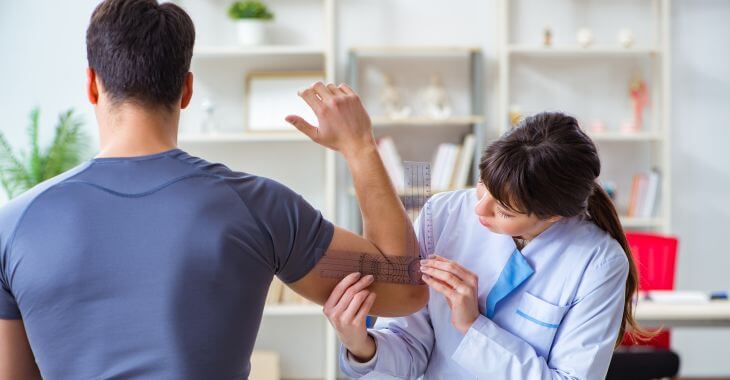Importance of Hand Therapy After a Wrist or Forearm Fracture
You don’t realize how much you rely on using both of your hands until you experience a painful wrist or forearm fracture. Often cause by a fall, a fracture to the bones in either the carpal bones in the wrist or to the radius or ulna usually is treated with resetting the bones and placing the arm/hand in a cast. While the bone will heal without therapy, the muscles and tendons in the hand and wrist will need therapy to recover function. Without hand therapy under the supervision of a specialized physical therapist, there is a higher chance of loss of motion and re-injury of the fractured bones.
Undergoing Hand Therapy
After any wrist or forearm fracture, an orthopedic doctor will recommend physical or occupational therapy to regain strength and mobility in the hand, wrist and forearm. Although this often begins after the cast is removed, some injuries may require therapy begin even when the cast is still in place. Since every injury and patient is different, the type of exercises that will be used will differ and be tailored to the patient. These are often performed at a physical therapy clinic that specializes in hand therapy, along with an outlined routine the patient can perform at home between sessions.
Since the hand and wrist contain so many different tendons, ligaments, muscles and bones, hand therapy usually is needed for many months following a fracture.
However, by using these specialized techniques, many people can regain full use of their hand within a year and the exercises can help promote bone and tendon healing that can prevent another injury. It is vital to full recovery to utilize the full extent of the hand therapy protocol for the fullest recovery from a wrist, hand or forearm fracture.
Posted on behalf of:
Sovereign Rehabilitation
5555 Peachtree Dunwoody Road Northeast #225
Atlanta, GA 30342
(404) 835-3340
The information provided on this website, including text, graphics, images, and other materials, is intended solely for informational purposes and should not be used as a substitute for professional medical advice, diagnosis, or treatment.

)